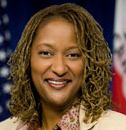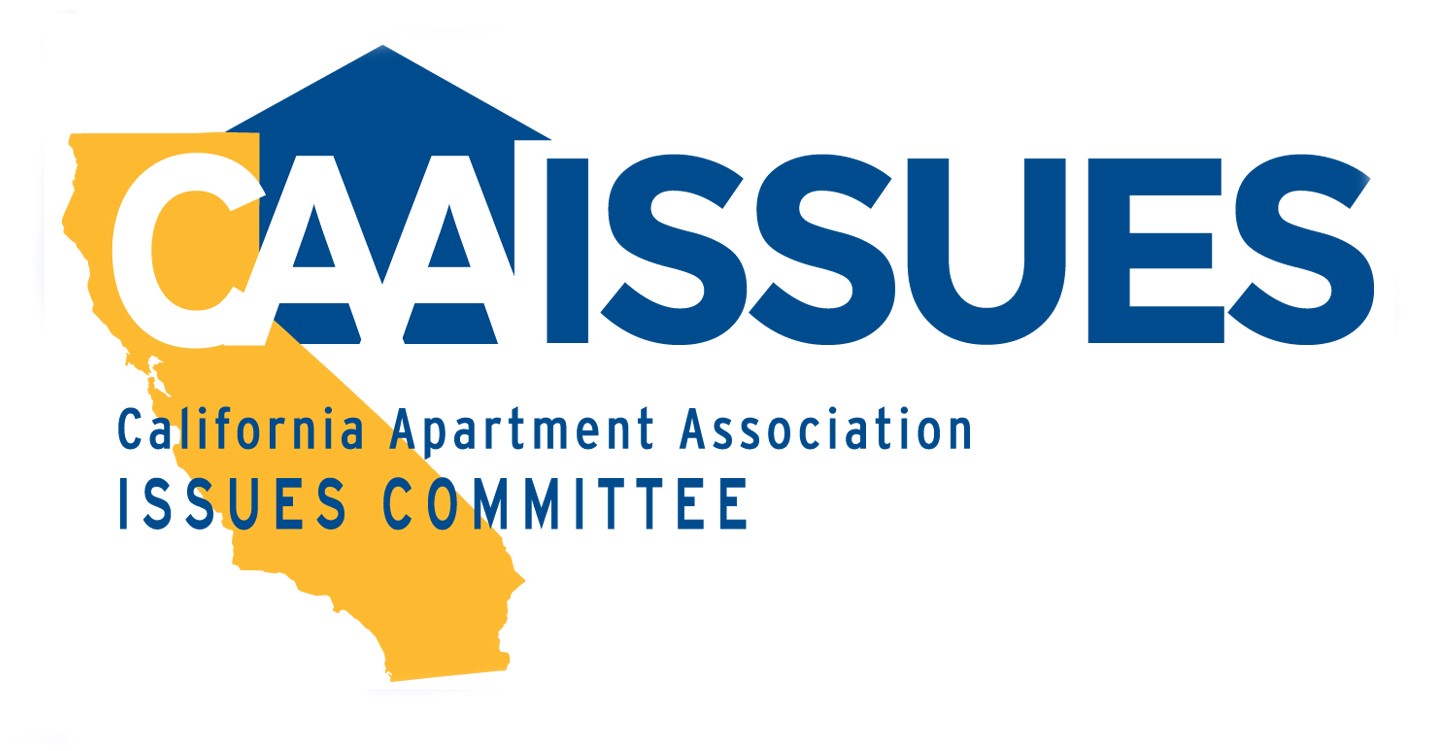A bill signed by the governor this past week will undercut eviction-delay tactics by unscrupulous tenant attorneys who claim mold as a substandard housing condition.

On Friday, Oct. 9, Gov. Jerry Brown approved SB 655 by Sen. Holly Mitchell, D-Los Angeles.
What does this mean for the rental housing industry?
While the new law does add “visible mold” to the list of conditions that can make a property substandard or untenantable, SB 655 offers property owners a number of protections from bogus claims of mold contamination:
- Visibility: The mold growth must be visible. No more air tests that tenants and their attorneys attempt to use to delay evictions and avoid the payment of rent.
- Confirmation: The mold must be determined by a health officer or code enforcement officer to rise to a level that endangers the life, limb, health, property, safety or welfare of the public or the occupants. No more last minute tenant self-declarations that the mold exists.
- Location: The law excludes from the substandard code mold that is minor and found on surfaces that can accumulate moisture as part of their properly functioning and intended use – such as bathroom showers and window sills.
- Notification: The owner must have received notice that the mold exists in order to have any obligations under the law.
- Responsibility: The owner is not on the hook if the tenant caused the mold by failing to properly clean the unit or failed to use electrical fixtures to like bathroom fans to keep mold out.
- Accessibility: The law makes clear that the landlord has the right to enter the property to make repairs and clean up any reported mold. In some situations today, a landlord receives notice, but the tenant refuses to allow the owner in to address the issue.
The California Apartment Association worked with Sen. Mitchell to add these protections to the law.
CAA believes the protections added to the law will stop the typical types of litigation and eviction-delay tactics that tenants and unscrupulous attorneys use today by citing the broad “nuisance” provisions of the existing health and safety law.

